Rooting Kiwi Cuttings: Tips On Growing Kiwis From Cuttings
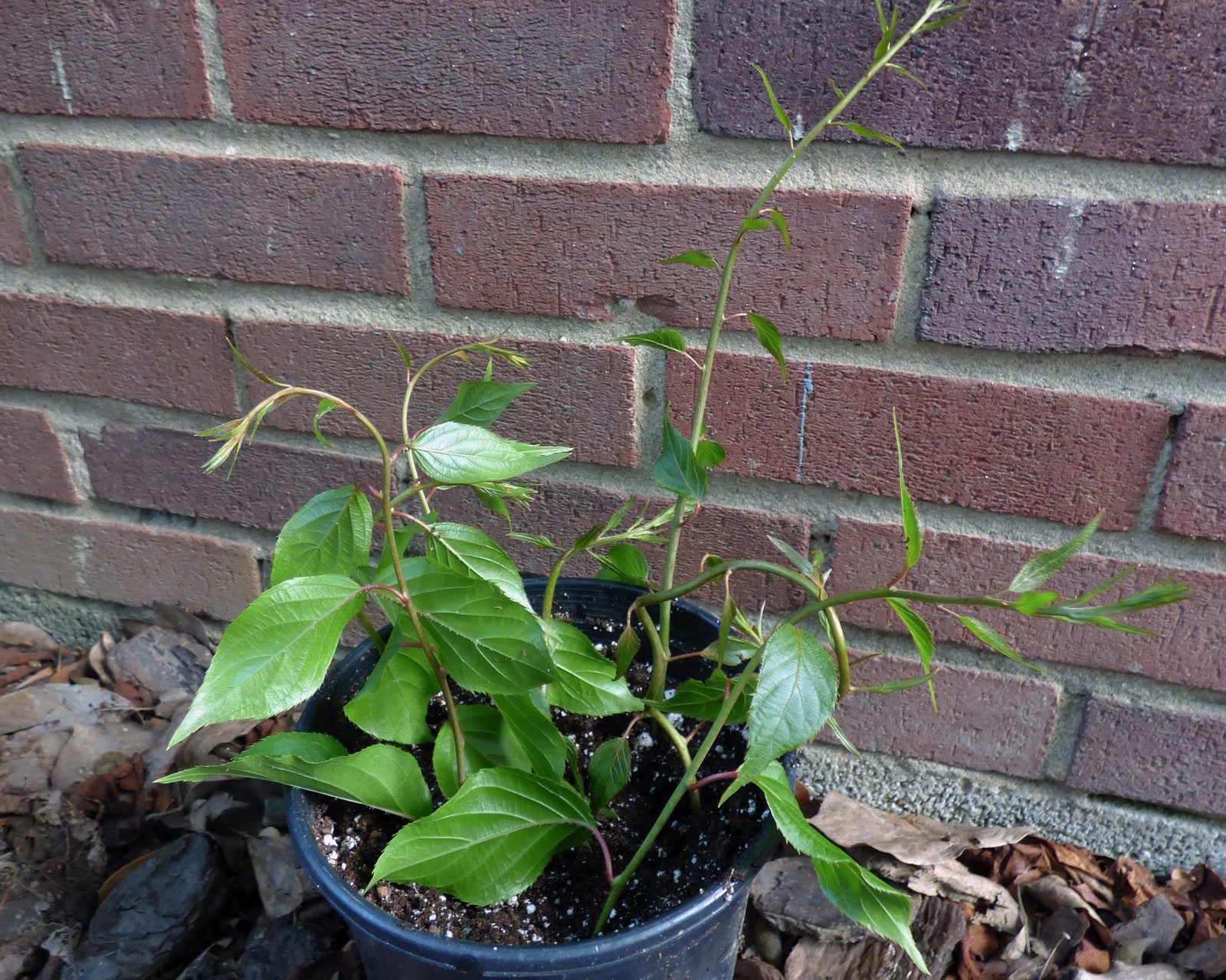
Kiwi plants are usually propagated asexually by grafting fruiting varieties onto rootstock or by rooting kiwi cuttings. They may also be propagated by seed, but the resulting plants are not guaranteed to be true to the parent plants. Propagating kiwi cuttings is a fairly simple process for the home gardener. So how to grow kiwi plants from cuttings and when should you take cuttings from kiwis? Read on to learn more.
When to Take Cuttings from Kiwis
As mentioned, while kiwi may be propagated by seed, the resulting plants are not guaranteed to have the desirable traits of the parent such as cane growth, fruit shape, or flavor. Root cuttings are, thus, the propagation method of choice unless breeders are trying to produce new cultivars or rootstocks. Also, seedlings started from seed take up to seven years of growth before their sexual orientation can be determined. While both hardwood and softwood cuttings can be used when propagating kiwi cuttings, softwood cuttings are the better choice because they tend to root more uniformly. Softwood cuttings should be taken from mid to late summer.
How to Grow Kiwi Plants from Cuttings
Growing kiwi from cuttings is a simple process.
- Choose softwood of about ½ inch (1 cm.) in diameter, with each cutting 5 to 8 inches (12.5-20.5 cm.) in length. Snip softwood shoots from the kiwi just below the leaf node.
- Leave a leaf at the top node and remove those from the lower portion of the cutting. Dip the basal end of the cutting in root growth hormone and set it in a coarse rooting medium or equal portions of perlite and vermiculite.
- Keep the rooting kiwi cuttings moist and in a warm area 70 to 75 degrees F. (21-23 C.), ideally a greenhouse, with a misting system.
- Rooting of the kiwi cuttings should occur in six to eight weeks.
At that time, your growing kiwis from cuttings should be ready to transplant into 4-inch (10 cm.) deep pots and then returned to the greenhouse or similar area until the plants are ½ inch (1 cm.) across and 4 feet (1 m.) tall. Once they have attained this size, you can transplant them into their permanent location. The only other considerations when propagating kiwi from cuttings are the cultivar and sex of the parent plant. California male kiwis are generally propagated through grafting onto seedlings since cuttings don’t root well. ‘Hayward’ and most of the other female cultivars root easily and so do the New Zealand males ‘Tamori’ and ‘Matua.’
Gardening tips, videos, info and more delivered right to your inbox!
Sign up for the Gardening Know How newsletter today and receive a free copy of our e-book "How to Grow Delicious Tomatoes".

Amy Grant has been gardening for 30 years and writing for 15. A professional chef and caterer, Amy's area of expertise is culinary gardening.
-
 Looking For Plants To Give You The Soft And Fuzzies? Try These 5 Fuzzy Leaf Plant Options
Looking For Plants To Give You The Soft And Fuzzies? Try These 5 Fuzzy Leaf Plant OptionsLovers of texture, drama, silver foliage and tactile plants will adore these special sensory garden additions. These fuzzy leaf plant options will leave you all aglow
By Susan Albert
-
 Get Ready For A Summer Of Hummers! Grow These Full Sun Hummingbird Plants and Flowers
Get Ready For A Summer Of Hummers! Grow These Full Sun Hummingbird Plants and FlowersIf you’re lucky enough to enjoy a sunny backyard, make sure you are maxing out on your pollinator opportunities and grow these full sun hummingbird plants and flowers
By Tonya Barnett
-
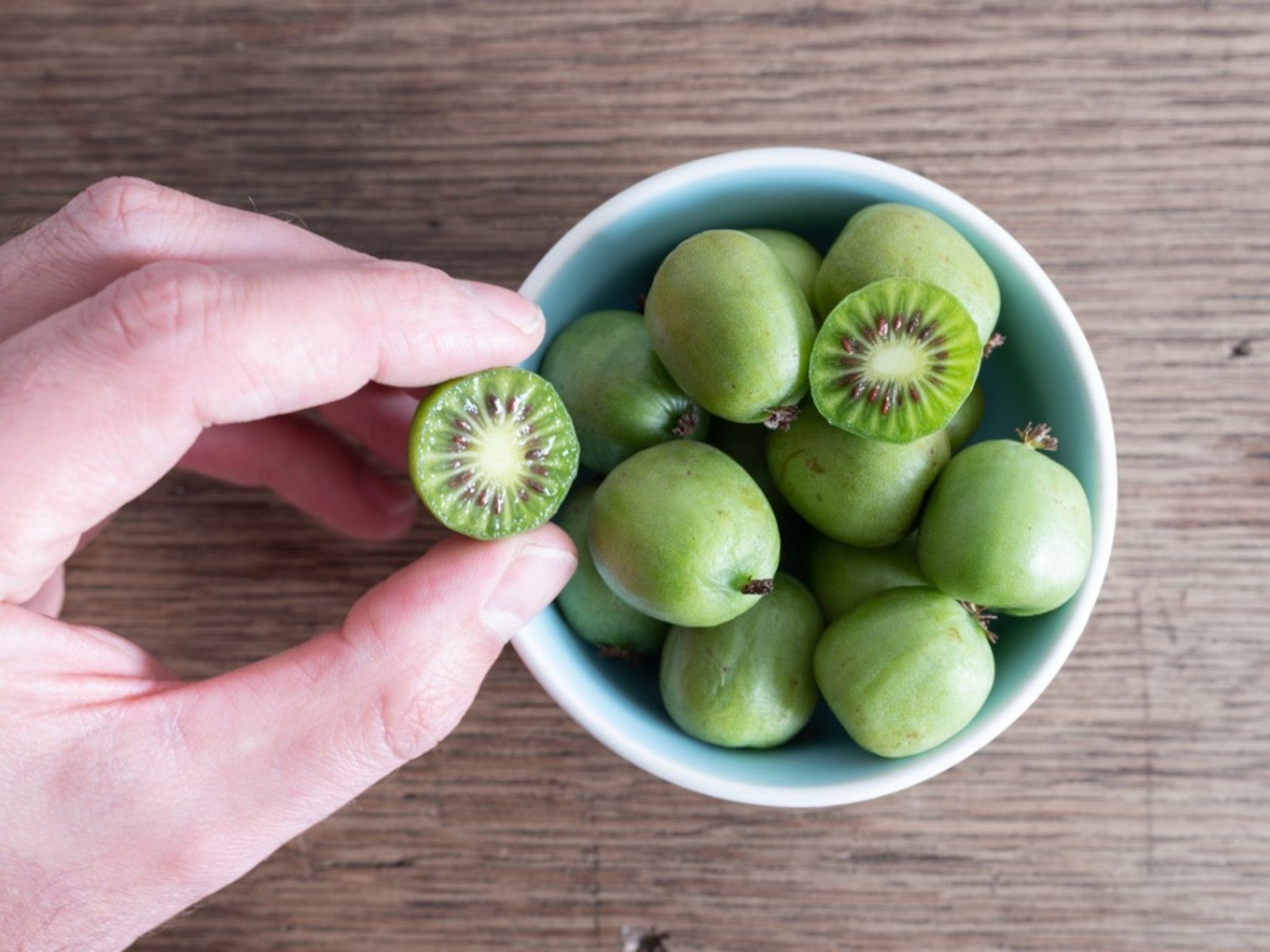 Kiwiberry Care Guide – Learn About Kiwiberry Growing Conditions
Kiwiberry Care Guide – Learn About Kiwiberry Growing ConditionsLove kiwis but wish they didn't have the fuzzy, gritty skin? Enter the kiwiberry. Read on for more info about these weird little fruits.
By Bonnie L. Grant
-
Caring For Kiwi: How To Grow Hardy Red Kiwi Fruit
Hardy Red kiwi produces grape-sized, fuzz-less fruit with an authentic kiwi flavor. For information on growing them, click the following article.
By Laura Miller
-
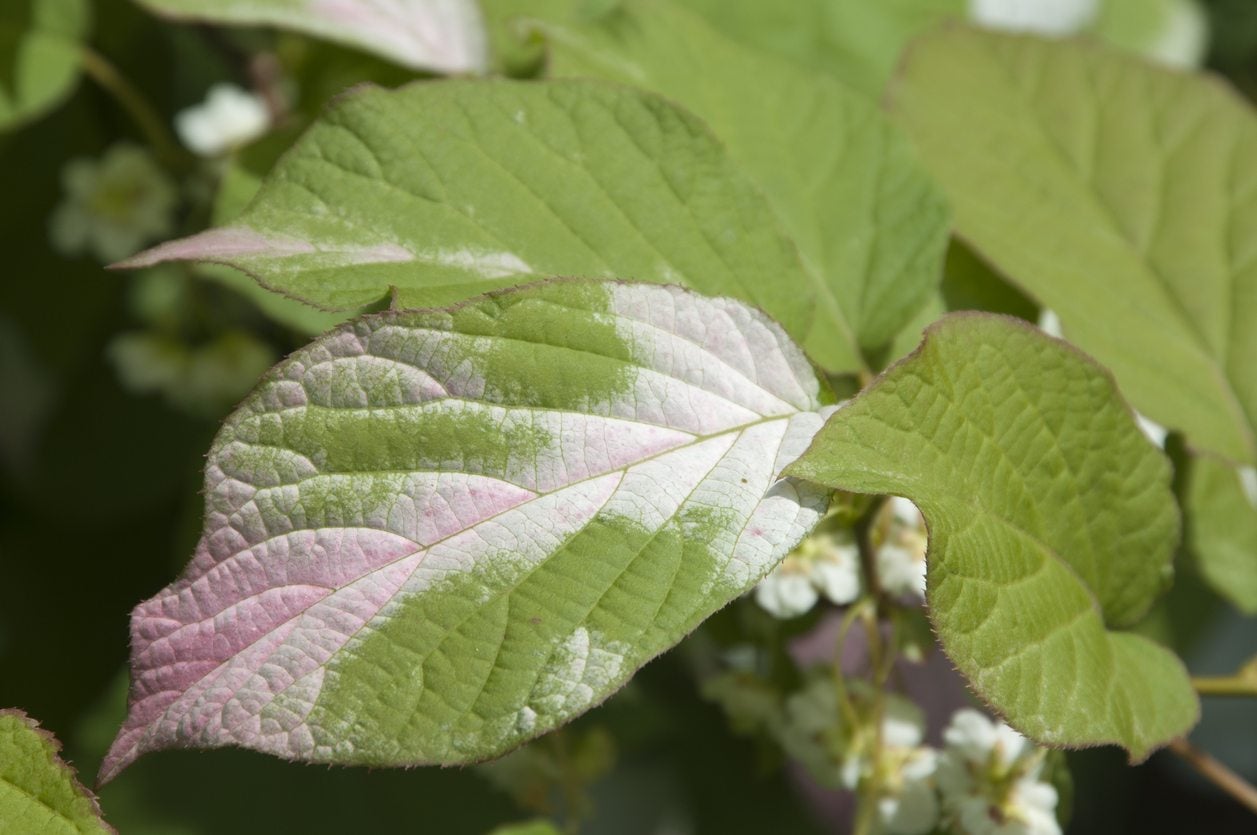 Tricolor Kiwi Information: How To Grow A Tricolor Kiwi Plant
Tricolor Kiwi Information: How To Grow A Tricolor Kiwi PlantActinidia kolomikta is a hardy kiwi vine that is commonly known as tricolor kiwi plant because of its variegated foliage. Also known as arctic kiwi, it is one of the hardiest of the kiwi vines. For tips on growing tricolor kiwi, click this article.
By Darcy Larum
-
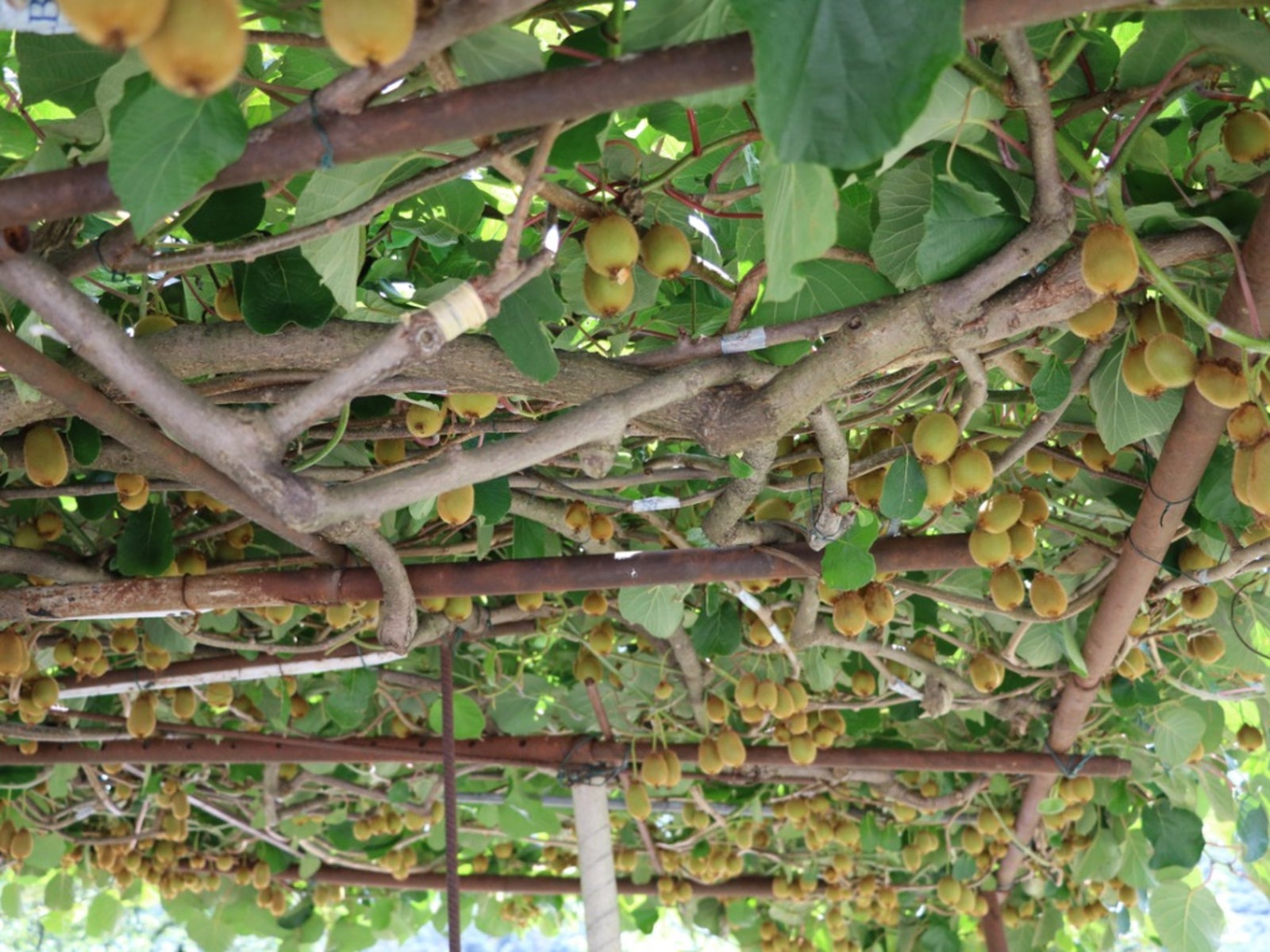 Kiwi Plant Trimming: Pruning Mature Kiwi Vines In The Garden
Kiwi Plant Trimming: Pruning Mature Kiwi Vines In The GardenRegular pruning is an essential part of caring for kiwi vines. Kiwi vines left to their own devices quickly become a tangled mess. But pruning overgrown kiwi vines is also possible if you follow simple trimming steps. This article will help.
By Teo Spengler
-
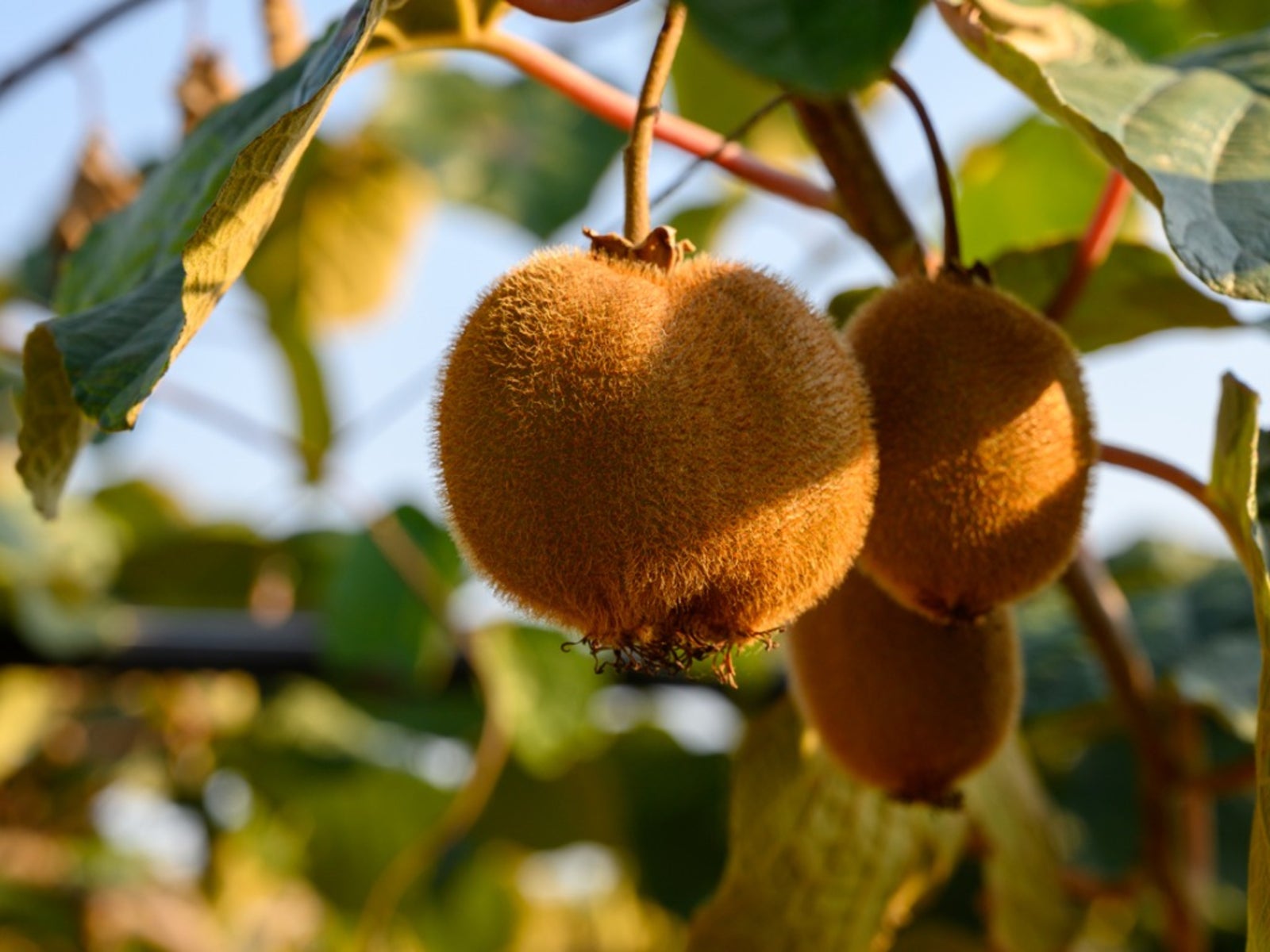 Fruit Companion Planting: Companion Planting Around Kiwi Vines
Fruit Companion Planting: Companion Planting Around Kiwi VinesCompanions for kiwi can help the plants grow more vigorously and fruit more prolifically. Not every plant is an ideal kiwi companion plants, though. What plants make the most ideal kiwi plant companions? Click this article to learn more.
By Amy Grant
-
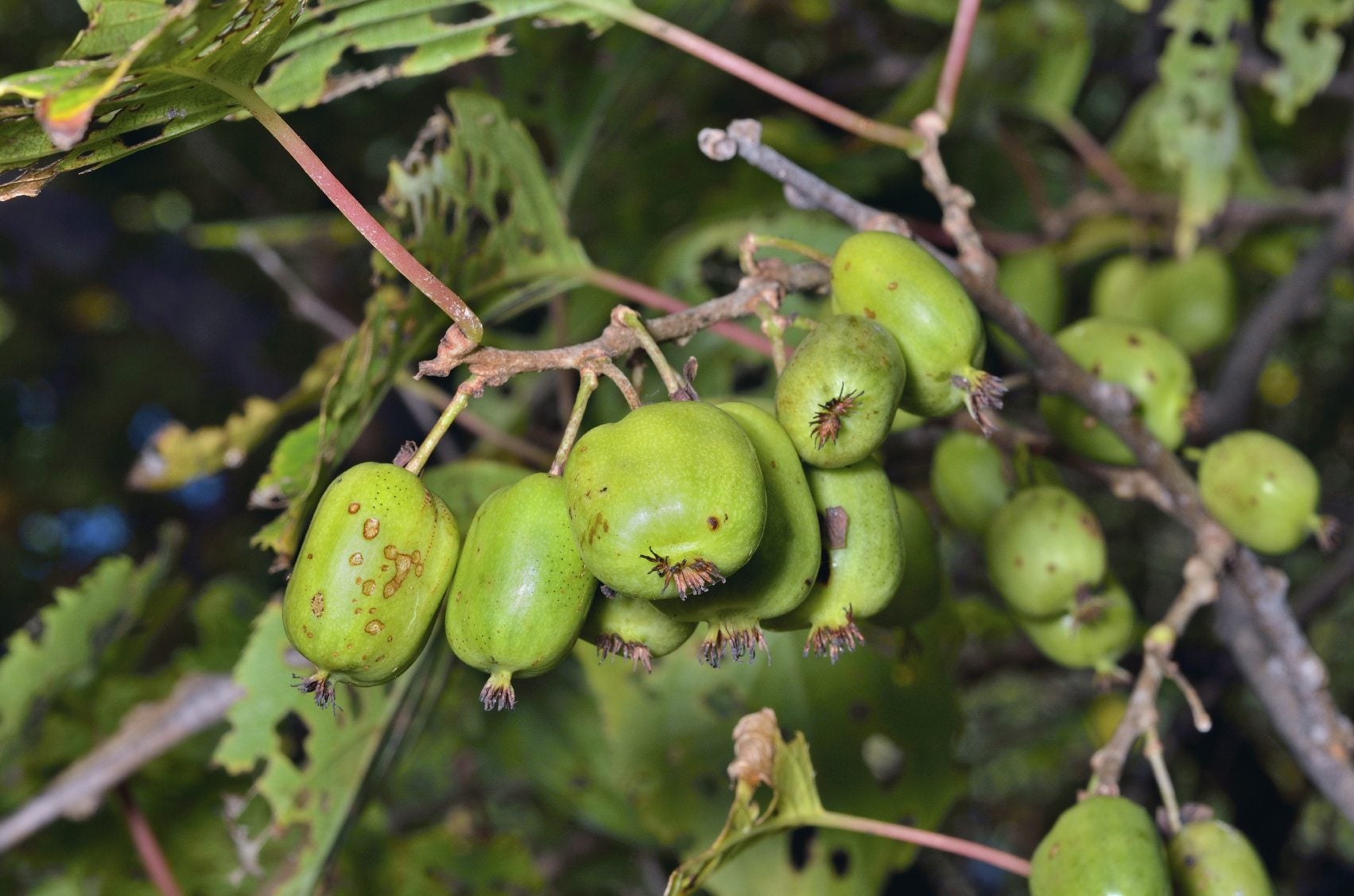 Hardy Kiwi Diseases: How To Treat A Sick Kiwi Plant
Hardy Kiwi Diseases: How To Treat A Sick Kiwi PlantWhile the kiwi plant is tough and relatively easy to grow, it can fall prey to various kiwi plant diseases. You can learn more about the diseases of kiwi and their treatment in this article. Click here for more information.
By Mary H. Dyer
-
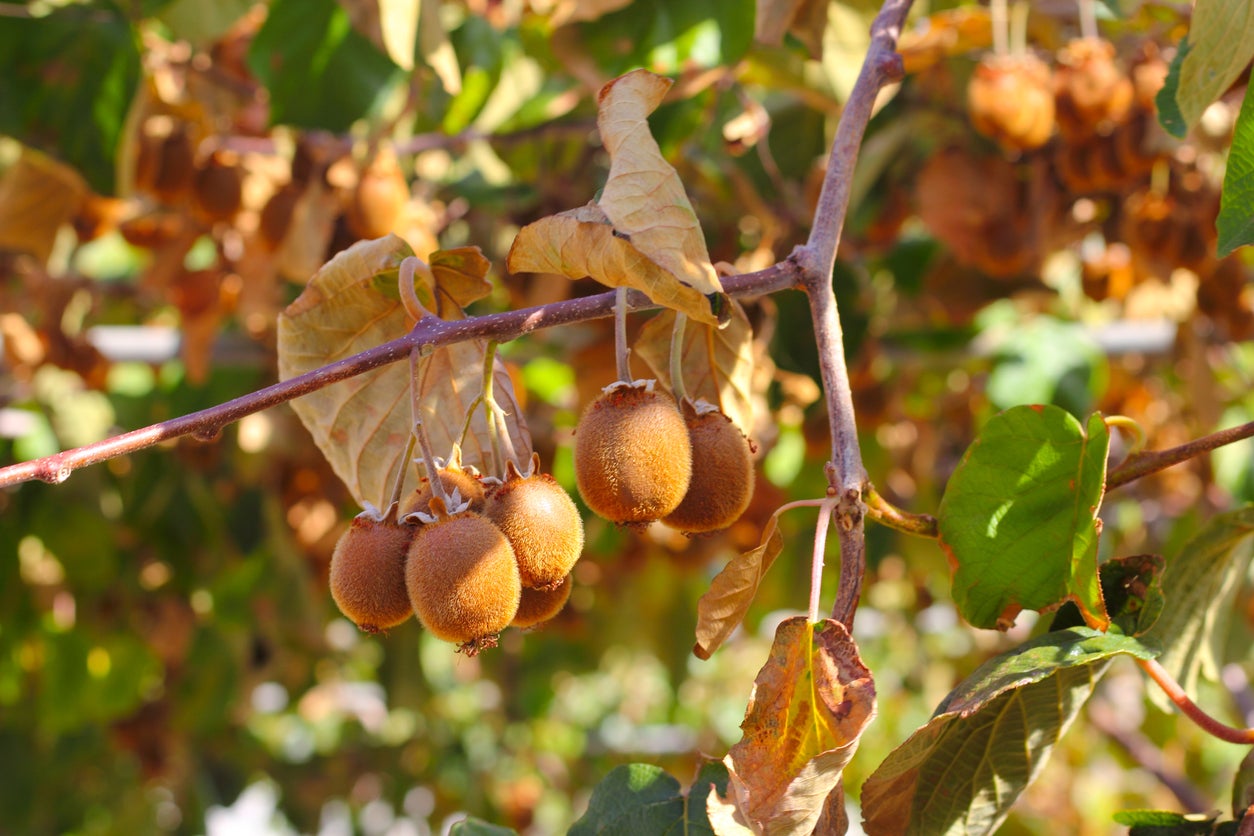 Kiwi Leaves Turn Brown – Reasons For Kiwi Vines Turning Yellow Or Brown
Kiwi Leaves Turn Brown – Reasons For Kiwi Vines Turning Yellow Or BrownHealthy kiwi leaves are a brilliant green during the growing season, and you might well become worried when your kiwi leaves turn brown or you see yellowing kiwi plants. Click this article for information about steps to take when you see kiwi leaves turning yellow.
By Teo Spengler
-
 Pests Of Kiwi Vines: Information For Treating Kiwi Bugs
Pests Of Kiwi Vines: Information For Treating Kiwi BugsWhile kiwi plants are tough and relatively easy to grow, they can fall prey to various kiwi plant pests. Learn more about kiwi insects and tips for treating kiwi bugs in this article. Click here for additional information.
By Mary H. Dyer